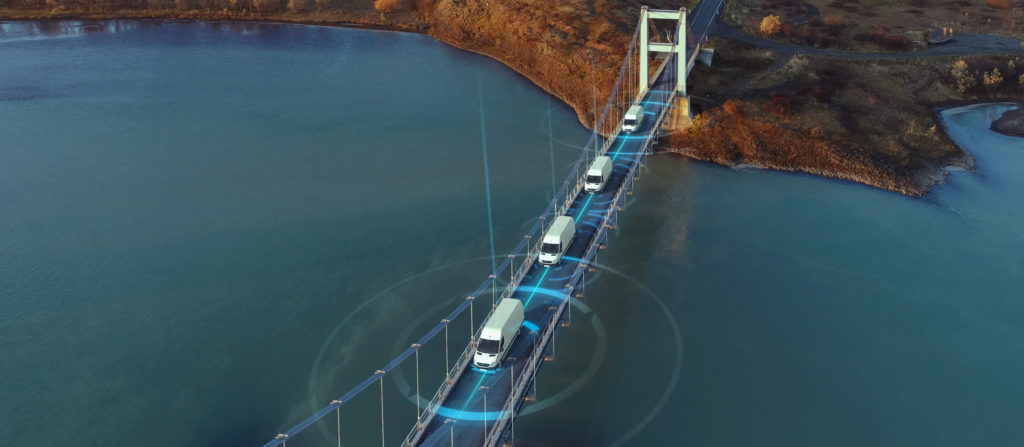In a 69-to-30 vote, senators have decided to approve the Infrastructure Investment and Jobs Act–legislation meant to help bring massive improvements to U.S. freight corridors, transit systems, and mobility networks.
The $1 trillion bill includes a variety of climate change and infrastructure improvement proposals from President Joe Biden’s “build back better” plan, and finally gained Senate approval this month. Around $550 billion in new funds will be allocated to bring long-needed boosts to a variety of transportation systems, tunnels, highways, and bridges through the new legislation, explained the American Society of Civil Engineers.
Additionally, around $100 billion of the package will be dedicated to specific road and bridge projects, $66 billion will be dedicated to freight and passenger rail programs, $65 billion will be dedicated to broadband internet improvements, $46 billion will be dedicated to climate change and severe weather resilience programs, $39 billion will be dedicated to specific transit improvement plans, and $25 billion will be dedicated to airport improvement efforts.
“Americans, and the hardworking men and women who carry this economy on trucks, have waited long enough for Washington to act on our decaying infrastructure,” said Chris Spear, American Trucking Associations President, one of many key industry stakeholders who have expressed their support in regards to this new bill.
“Today’s bipartisan vote on the Infrastructure Investment and Jobs Act is a testament to what we can achieve when we set politics aside and work together for the good of the country,” added Senator Rob Portman of Ohio in a recent tweet. “This historic bill is the result of months of negotiations between [Republicans and Democrats]. Bipartisanship works!”
Portman was one of the political leaders who helped to create the new legislation.
“It will be a lasting bipartisan achievement to help the people we represent,” he said. “It’s going to improve the lives of all Americans. It’s long-term spending to repair and replace and build assets that will last for decades. In doing so, it does make life better for people.”
Portman also made clear that he, along with other policymakers, considered the people throughout the country for whom this kind of funding would make life much easier.
“It improves the life of the mom or dad who commutes to work and gets stuck in rush hour every day, who would much rather be spending that time with their family,” he said. “It improves the lives of people who are tired of those potholes. We all want to fix those potholes. We all hate them.”
Additionally, the bill will set forth an apprenticeship program for truck drivers under the age of 21 entering the workforce to be able to cross state lines in their commercial motor vehicles as a way to ease the current truck driver shortage. It would also approve a truck-leasing task force initiative and require the secretary of transportation to find the best methods of implementing side-underride guards for commercial vehicles.
Through the legislation, mandates would be set in place requiring that automatic emergency braking systems be implemented in some commercial vehicles, and The U.S. Department of Transportation would also be required to thoroughly analyze electronic logging device efficiency.
Finally, the legislation would allow for the reauthorization of the premier federal highway law, which was set to expire at the end of next month.
“Strong, reliable infrastructure represents more than pipes and pavement,” noted Senator Kyrsten Sinema of Arizona. “It represents the opportunities for Americans to visit loved ones, new businesses to open and compete globally, veterans to access tele-medicine, and children to learn in safe and effective ways.”
The bill will now move on to the House, where its projected outcome is not yet clear. The infrastructure package is expected to be explained in tandem with an overarching budget plan by Speaker Nancy Pelosi when she sets forth these plans’ legislative process.
House Transportation Chairman Peter DeFazio also plans to work on provision negotiations with the Senate, citing the passage of his recent multi-year highway policy update.
“I set out for several major objectives to rebuild America’s crumbling infrastructure, bring us into the 21st century, not do another iteration of the Eisenhower[-era] national highway program, but to actually begin to deal with current problems,” DeFazio explained.





